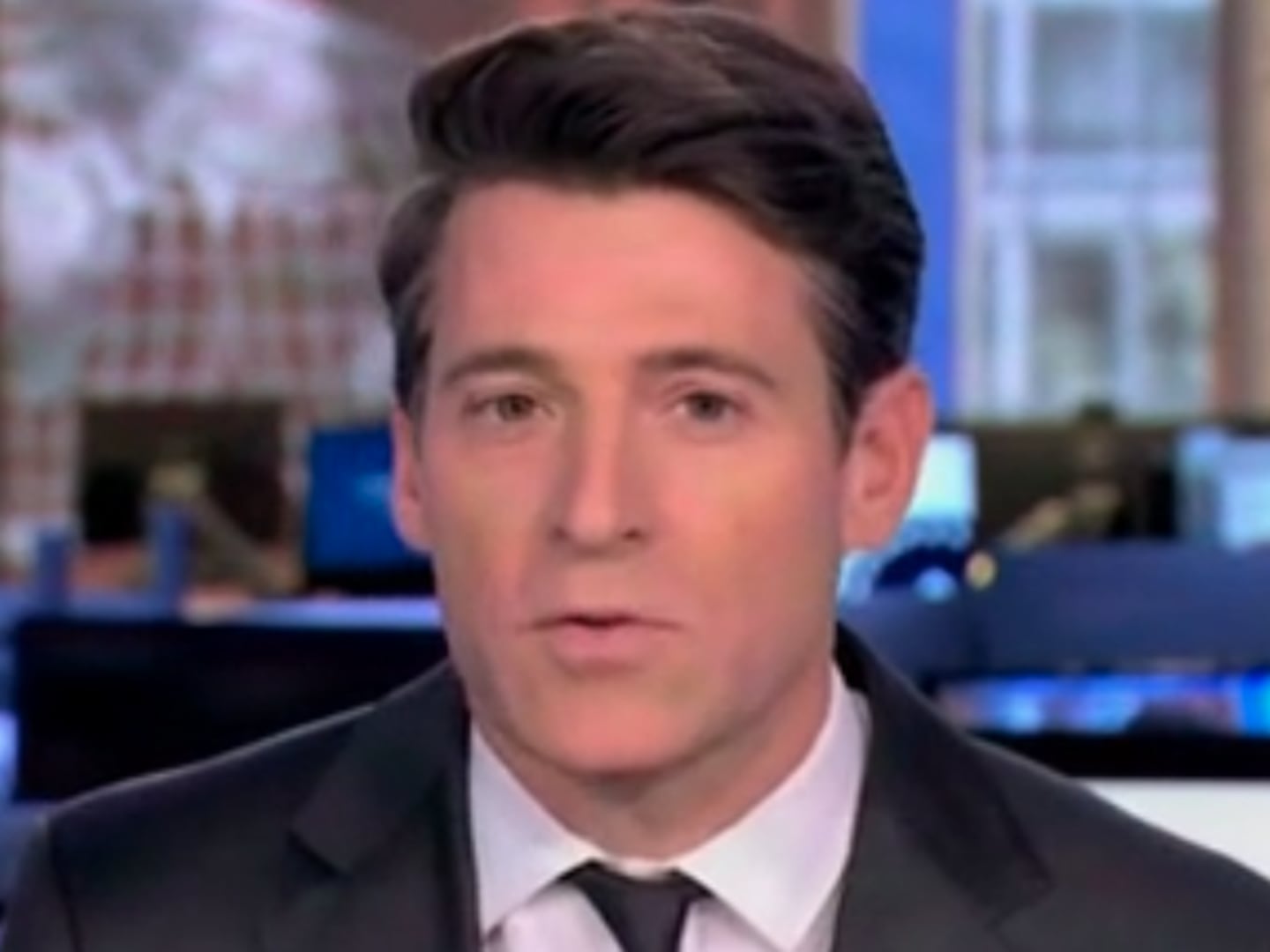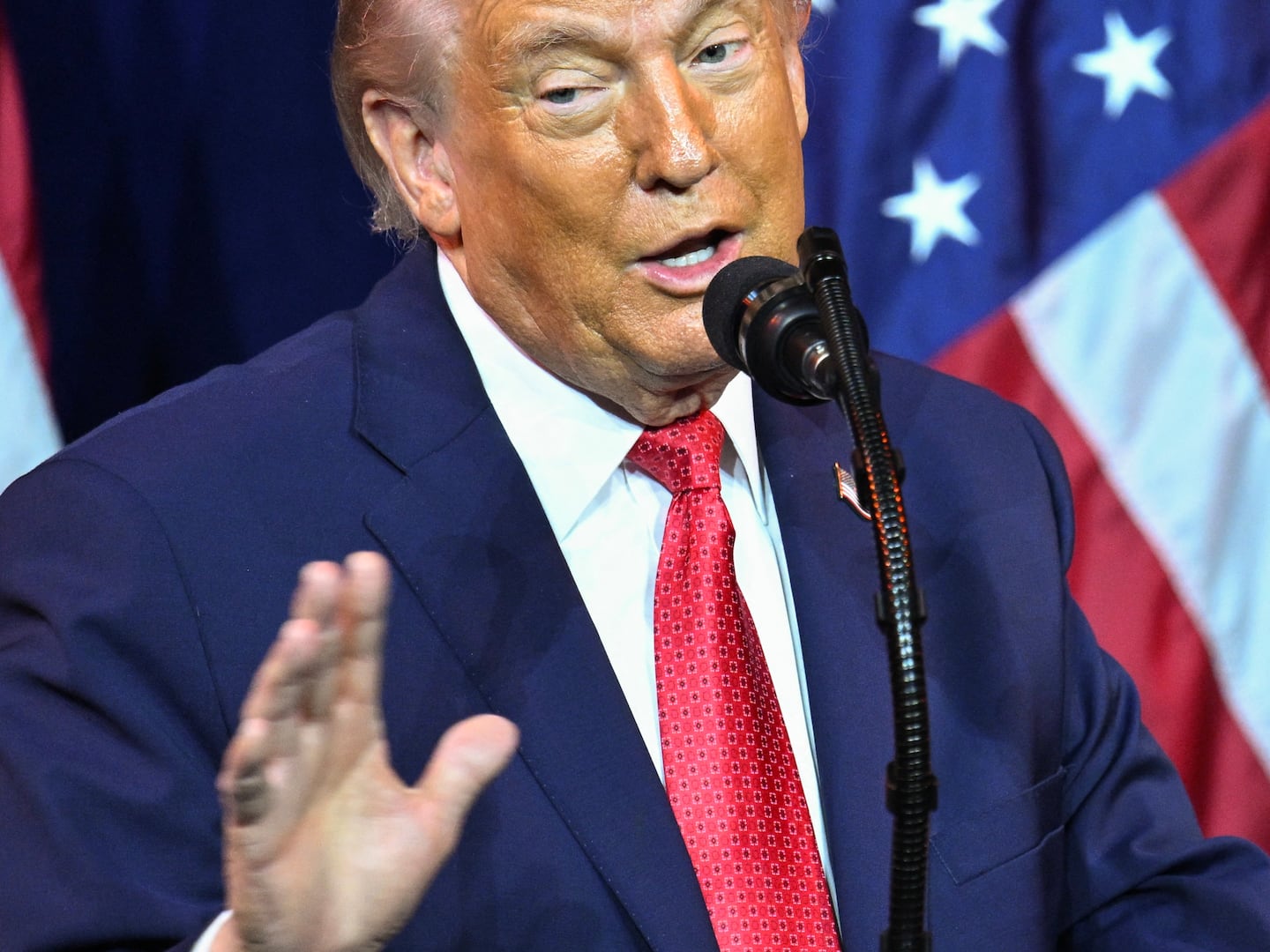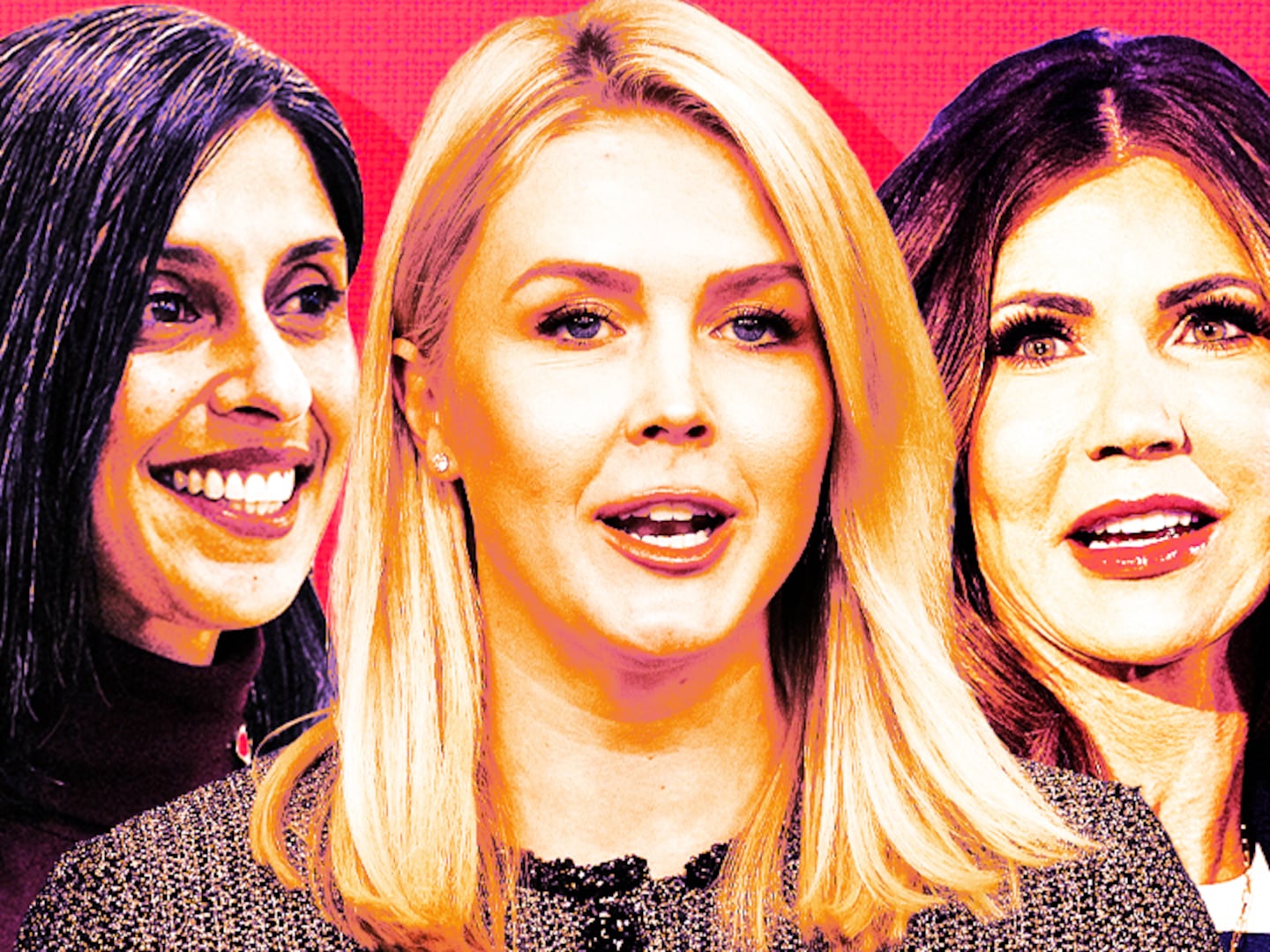When Bernie Sanders pitched himself as the guy who would speak truth about inequality, I believed him. Although everyone knows he is not going to win the presidency, at least as a protest candidate he could highlight how inequality damages our country and will keep getting worse if we do nothing. Sanders promised to inject some honesty, creativity, and toughness into the presidential debates.
Earlier this month, that promise was dashed. Bernie Sanders has made his first spending priority to eliminate tuition at public colleges. Although his proposal has design flaws, the greater outrage is that this handout will go overwhelmingly to the prosperous and politically powerful.
To be clear, the least-bad thing about Sanders’ proposal is how he intends to pay for it. He endorses the so-called “Robin Hood” tax on Wall Street transactions. Certain kinds of transactions, such as high frequency trading and extremely large derivative transactions impose costs on our financial system. In fact, the general idea of a well-designed tax on financial transactions has been endorsed by an all-star list of economists and political leaders.
Even Sanders himself, however, lists the Robin Hood tax as an afterthought; after all, if you raise a Robin Hood tax you can do a long list of things with the money you get from it (including cutting other taxes, or spending on other initiatives). The emphasis from Sanders’ statements is where the money will go: paying for tuition for public colleges.
The first problem with Sanders’ proposal is that a national tuition subsidy will be counterproductive even on its own terms. The proposal will cut the economic legs out from underneath innovations such as open online courses, which may be on the cusp of delivering low-cost, high-quality college education for all. Organizations trying to deliver radical new models will now have to compete against a $70 billion subsidy for the old system.
Additionally, directing that much guaranteed money into a system is a sure-fire way to accelerate cost inflation. The state may pick up the tab for tuition, but students will still have to pay for ancillary services (such as room, board, textbooks, etc.), and those services will go up in price. These costs are not trivial; for instance, although Sweden has abolished college tuition, students graduate with more debt than students in the United Kingdom, and only slightly less than students in the US. Through economic incompetence, Sanders’ proposal might hit the jackpot of reducing college quality while also increasing cost.
Economically bad policy design from Sanders is not surprising. After all, the man is a self-declared Socialist. His appeal was not policy wonkery; as a protest candidate, Sanders (we hoped) would at least identify the right issues, even if his solutions were unworkable. In this case, Sanders has pointed out the wrong problem.
First off, student debt is not a crisis. As Daily Beast contributor Nick Gillespie has noted, the return on a college education is still far greater than the cost of student loans. Rather, as economist Sue Dynarski has explained, there is a “repayment crisis” because student loans are paid “when borrowers’ earnings are lowest and most variable.” This problem, however, can be addressed by solutions within the field of student loans, such as means-tested loan rescheduling programs.
But if college debt is not a national crisis, surely it is a crisis for poor people? As a matter of fact, the Pell Institute has data on this, and it doesn’t help Sanders’ argument. Making college free wouldn’t immediately change who gets into college. In 2012, 81 percent of students who obtained bachelors degrees came from families with above-average incomes, vs. 7 percent of kids from bottom-quintile families.
Put another way, out of Sanders’ proposed $70 billion subsidy, $56 billion would help families with above-average income.
But isn’t Sanders’ proposal designed to fix this very problem, by creating more opportunity for more families? Well, there are many reasons poor kids don’t go to college – and cost is one of the reasons least supported by available evidence. Bigger factors include navigating college once enrolled; figuring out how to apply; and, most of all, graduating high school without the necessary academic skills to succeed in college.
The bottom line is that if Sanders wanted to invest his political capital to create opportunity for those in need, college tuition is one of the last places he would have gone.
Within the world of education, Sanders’ proposed $70 billion would pay for top-quality preschool for millions of 3- and 4-year-old children who do not attend any preschool today. Such a program would deliver enormous returns to the children and the country, and would incidentally help with childcare for single-parent households.
High-quality early childhood education does have one major problem, however: the beneficiaries will not shape the 2016 presidential election. Families of college kids, meanwhile, will make a big difference. Folks with above-average income vote a lot more often; give more money to politicians; are over-represented among elites who influence editorial boards – and would get almost all of the financial benefit of Sanders’ college subsidy proposal.
As a last line of defense, Sanders enthusiasts say that college tuition is not everything, and that Sanders has been talking about a whole host of progressive issues throughout his career. That argument may be technically correct, but it is irrelevant.
Presidents don’t get everything they want. At most, they get their top priorities. What matters in judging a President’s future plans is not their long list, but their short list. Free college tuition was Sanders’ first spending proposal since he announced his presidency, and it’s where he wants to spend the money he’d raise from transactions taxes.
Sadly, in this cycle we have seen presidential ambition drive many leaders to discard credibility they had spent decades building. In Sanders’ case, that was his credibility as an honest politician who would speak for those who can’t speak for themselves.






